How to Preserve Your Garden Harvest!
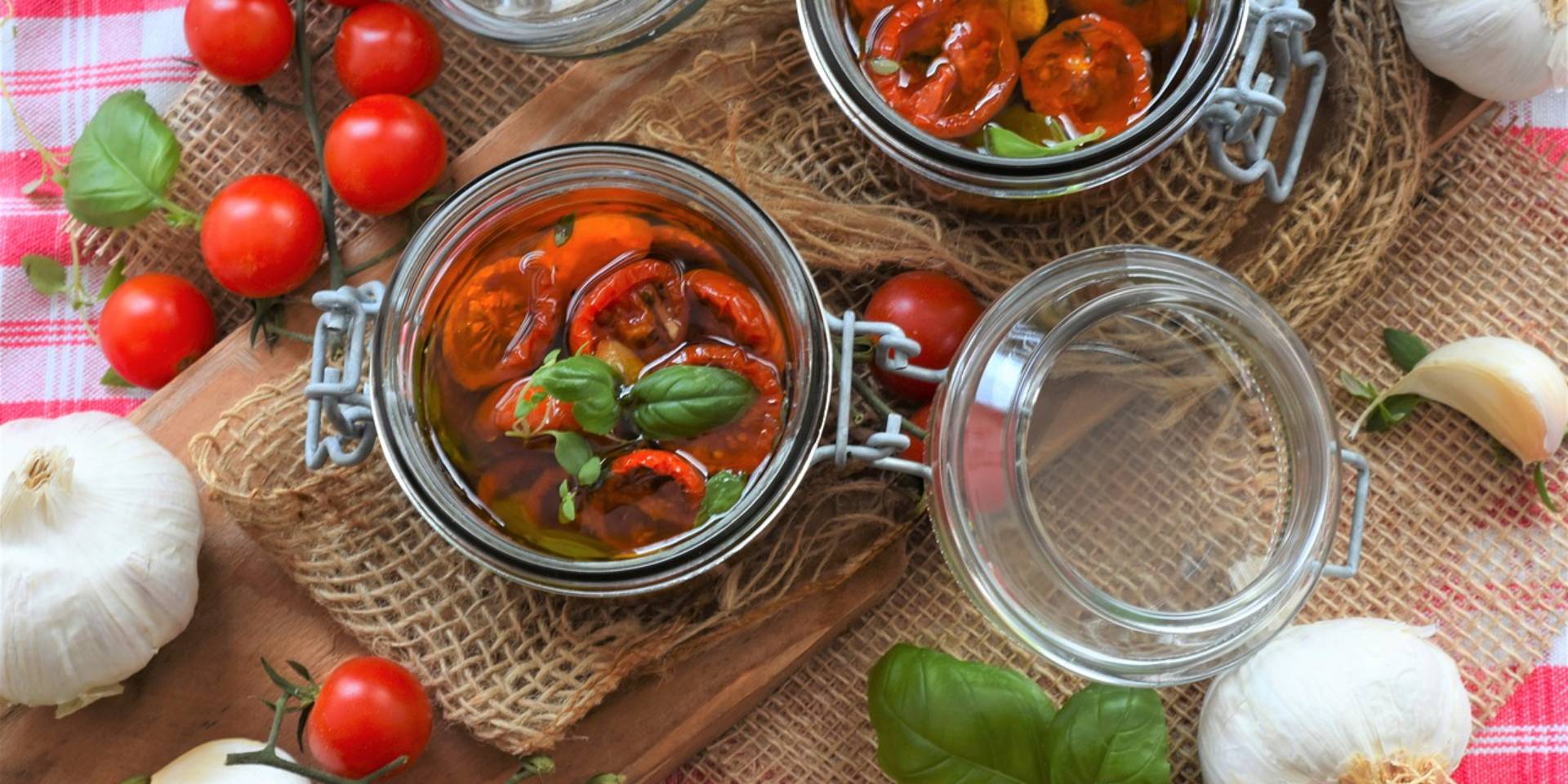
We love summer. Warm weather. More time outdoors in the sunshine. Recreation for days – especially in Crystal Valley. And all the fresh fruit and vegetables that typify this time of year. If you scored some great produce at the Farmer’s Market or grew a bunch of your own, here’s how to preserve and store them for winter!
From Harvest to Table
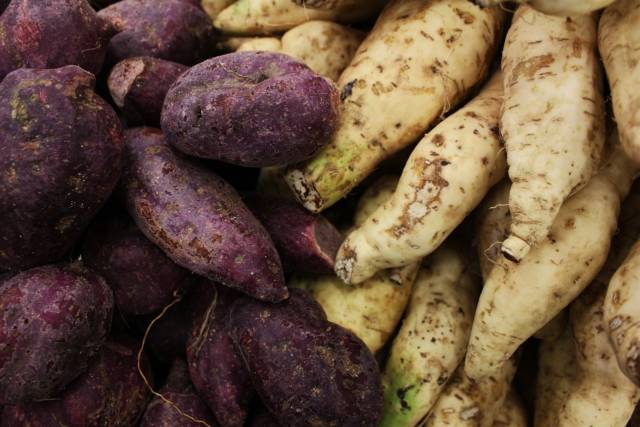 Harvest to Table is a great go-to site for expert information on how to prepare and preserve your summer harvest. You’ll see an alphabetical list of vegetables that can be left in the ground and used as needed – like root veggies – carrots, turnips, beets and the like – to the vegetables you can freeze or can/jar.
Harvest to Table is a great go-to site for expert information on how to prepare and preserve your summer harvest. You’ll see an alphabetical list of vegetables that can be left in the ground and used as needed – like root veggies – carrots, turnips, beets and the like – to the vegetables you can freeze or can/jar.
Some veggies, like sweet potatoes and every variety of white and red potatoes, can be stored in paper or burlap sacks in a frost-free place once cleaned and dried. The experts suggest we use up “blemished” potatoes immediately, and for the perfect potatoes, pressure can, or hot pack them.
Easy and Safe Canning (or Jarring?!)
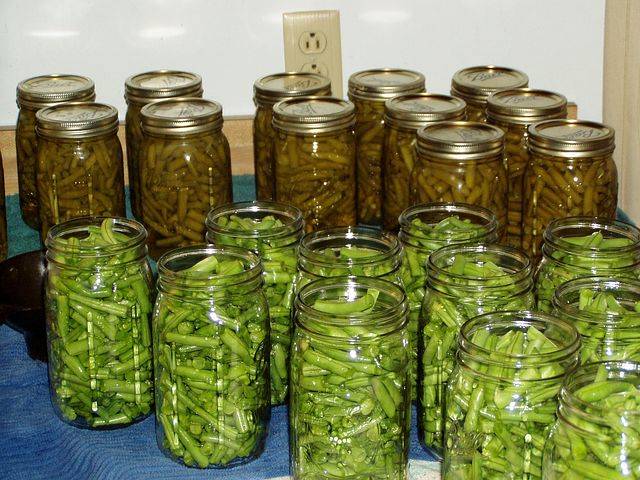 We use mason jars but it’s still called canning — the process of preserving food by heating it to a high enough temperature to kill harmful bacteria. The jars are then sealed – airtight –for storage. Canning preserves the food color, flavor, texture and some nutrients. It also can take less time than dehydrating, but the jars of food are bulkier and take up more shelf space. Another potential problem is the risk of spoilage if the canning process steps are not carefully followed.
We use mason jars but it’s still called canning — the process of preserving food by heating it to a high enough temperature to kill harmful bacteria. The jars are then sealed – airtight –for storage. Canning preserves the food color, flavor, texture and some nutrients. It also can take less time than dehydrating, but the jars of food are bulkier and take up more shelf space. Another potential problem is the risk of spoilage if the canning process steps are not carefully followed.
To feel confident safely canning your produce, take a look at the two methods approved by the USDA at the Dummies.com website. It’s not THAT hard and the rewards are a winter of veggies that always taste better than canned goods from the grocery store.
Freezing and Drying Food
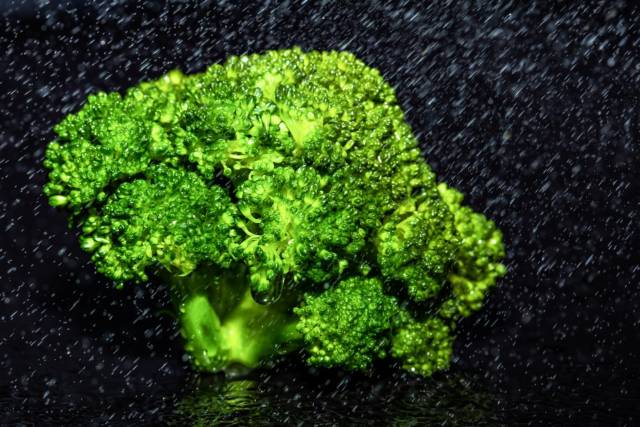 Freezing is one of the easiest ways to preserve vegetables for winter and almost all vegetables can be frozen except for cabbage and potatoes – they both become limp in the process. Most vegetables need to be blanched first – i.e., boiling for one-to-three minutes which stops enzymes from developing so color, flavor and nutrients are preserved. Once blanched, the veggies are immersed in ice water to cool quickly and then they’re packed for freezing.
Freezing is one of the easiest ways to preserve vegetables for winter and almost all vegetables can be frozen except for cabbage and potatoes – they both become limp in the process. Most vegetables need to be blanched first – i.e., boiling for one-to-three minutes which stops enzymes from developing so color, flavor and nutrients are preserved. Once blanched, the veggies are immersed in ice water to cool quickly and then they’re packed for freezing.
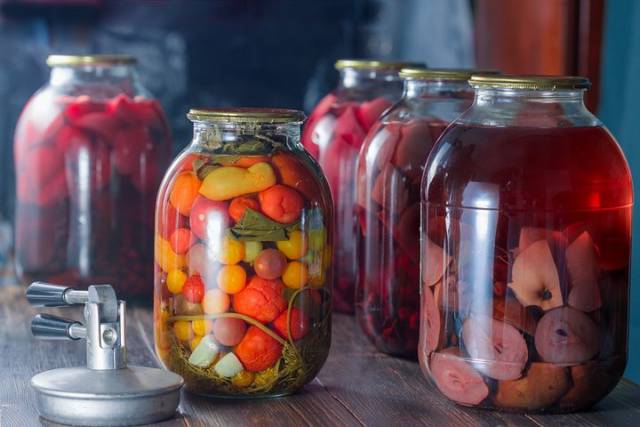 You can also smoke, dry, juice and ferment foods. Some people prefer drying or dehydrating foods because it’s an easy process and can be done using the oven or a dehydrator. Fewer nutrients are lost (three to five percent vs. canning’s 60 to 80 percent) and the risk of botulism is reduced, too.
You can also smoke, dry, juice and ferment foods. Some people prefer drying or dehydrating foods because it’s an easy process and can be done using the oven or a dehydrator. Fewer nutrients are lost (three to five percent vs. canning’s 60 to 80 percent) and the risk of botulism is reduced, too.
For fans of mushrooms, after a day of rain, these pop up in the high country and if you’re good at spotting the edible vs. the poisonous, you can gather and dehydrate them in your oven or air fryer – Flour on My Face shows you how.
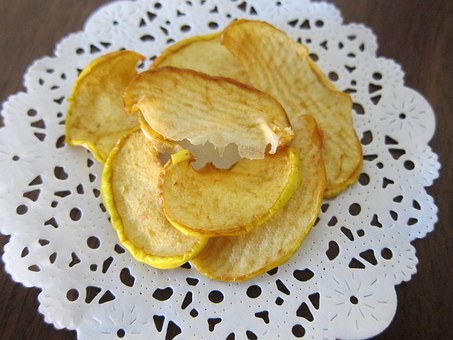 Another great dried summer to fall harvest food are apples. The Spruce offers tips about which apples are best for chips, and which are best for rings – when to leave the skin on and when to peel them. Halfway to Homesteading will show you how to dehydrate cantaloupe, which if you haven’t tried it is a sweet, tasty treat. Another great bonus to dehydrating fruit is it’s a great way to salvage really ripe fruit that you can’t consume. And cantaloupe is packed with Vitamins A and C, potassium, folate, zinc, calcium and fiber.
Another great dried summer to fall harvest food are apples. The Spruce offers tips about which apples are best for chips, and which are best for rings – when to leave the skin on and when to peel them. Halfway to Homesteading will show you how to dehydrate cantaloupe, which if you haven’t tried it is a sweet, tasty treat. Another great bonus to dehydrating fruit is it’s a great way to salvage really ripe fruit that you can’t consume. And cantaloupe is packed with Vitamins A and C, potassium, folate, zinc, calcium and fiber.
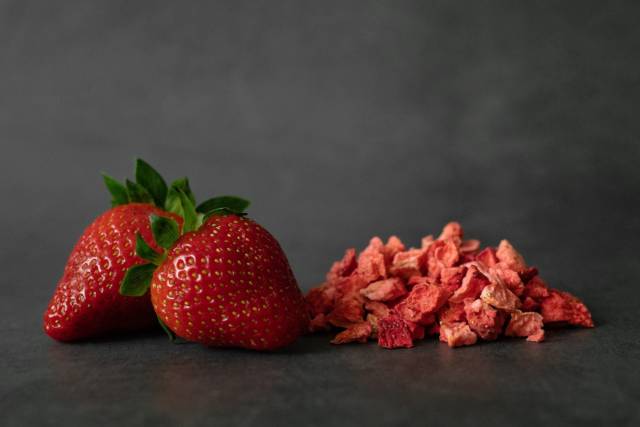 After experimenting for three days, Amy Family DIY came up with a few minutes’ worth of secrets for drying citrus: oranges, grapefruit, lemons and limes, but for a definitive beginners’ guide to dehydrating ALL sorts of food, head over Fresh Off the Grid.
After experimenting for three days, Amy Family DIY came up with a few minutes’ worth of secrets for drying citrus: oranges, grapefruit, lemons and limes, but for a definitive beginners’ guide to dehydrating ALL sorts of food, head over Fresh Off the Grid.
A Look at Fermenting
If fermenting vegetables sounds interesting to you, check out Cultures for Health. They’ll show you the process, from the kind of equipment you’ll need, to prepping the vegetables (grating, shredding, chopping, slicing), to the kits that are available to help you ferment everything from onions and cabbage to pickles and beets.
Farmer’s Market in Crystal Valley
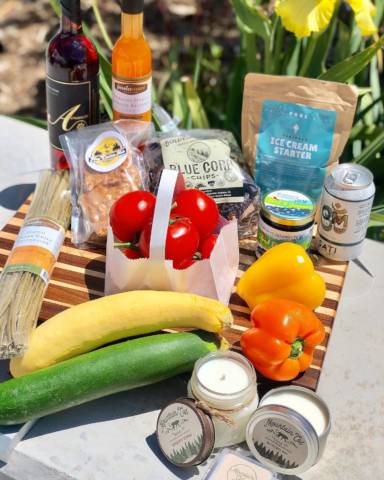 Local farmers gather every Saturday through early October at the Outlets, and every Sunday at Festival Park to sell fresh produce and other hand-crafted products. If you don’t yet live in the master-planned community of Crystal Valley, come and explore the new homes here surrounded by nature surrounding an amenity center, sports courts and fields, a dog park and . With 10+ decorated models from Richmond American Homes, Kauffman Homes, Century Communities and D.R. Horton, the thoughtfully designed ranch or two-story models – are priced from the $400s.
Local farmers gather every Saturday through early October at the Outlets, and every Sunday at Festival Park to sell fresh produce and other hand-crafted products. If you don’t yet live in the master-planned community of Crystal Valley, come and explore the new homes here surrounded by nature surrounding an amenity center, sports courts and fields, a dog park and . With 10+ decorated models from Richmond American Homes, Kauffman Homes, Century Communities and D.R. Horton, the thoughtfully designed ranch or two-story models – are priced from the $400s.


